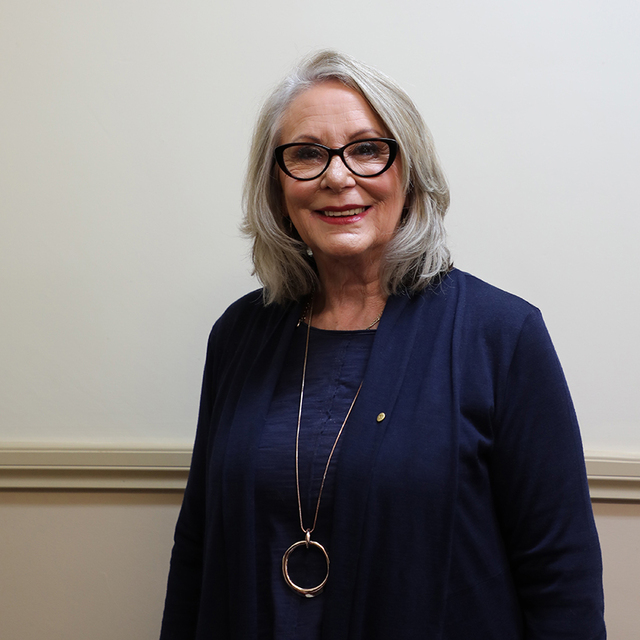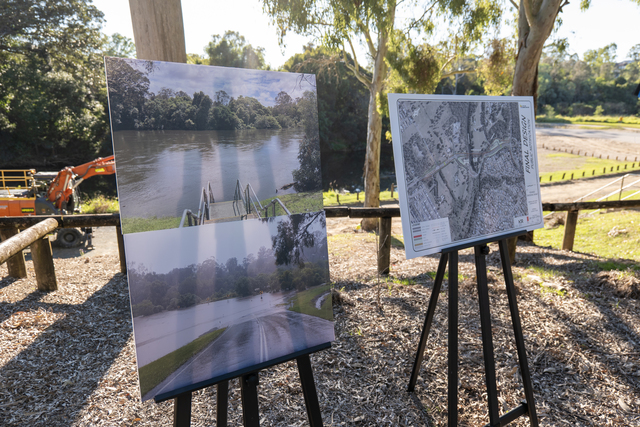State of the art technology has been applied in an innovative way by the City of Whittlesea to create the first draft of a master plan for Transit City Centres at Epping and South Morang. Geographic Information System (GIS) technology has been used to create three dimensional models of the entire plan.
Council’s Strategic Planning Manager, Chris De Silva believes this could be one of the first times three dimensional modelling utilising GIS has been used on such a broad scale.
“Other councils have used it for individual buildings, but probably not on a whole structure planning exercise,” he said. “With forward planning, one of the issues is the fact that we’re looking 20 to 30 years ahead. By making better use of existing computer systems, we can store the information digitally so it is easily accessible through the life of the plan, not the planner.”
Launched in December 2004, the draft Epping Transit City Structure Plan links to the State Government’s Melbourne 2030 Strategy.
This strategy provides a vision for Melbourne’s growth over the next 30 years – forecasted to grow by up to one million people. Under Melbourne 2030, the City of Whittlesea’s planned growth centres of Epping North, and South Morang are designated Activity Centres where high density development can take place.
The Epping Transit City Structure Plan prepares for identified needs in important transport infrastructure, such as heavy rail from Epping to South Morang, and other key services in this area. It focuses on:
- integrated, high density development around railway stations
- reducing dependence on private vehicles
- promoting good urban design
- creating thriving 24 hour centres providing access to a range of services
- creating community focal points
- equitable and timely distribution and delivery of physical and social infrastructure
- improving environmental management
- developing sustainable transport links.
“An important part of creating successful Activity Centres is careful consideration of local market conditions, industry requirements, site and social issues,” Chris De Silva said. “Council is working in close cooperation with the development industry to help ensure the Activity Centres will be a viable and attractive proposition for residents”.







